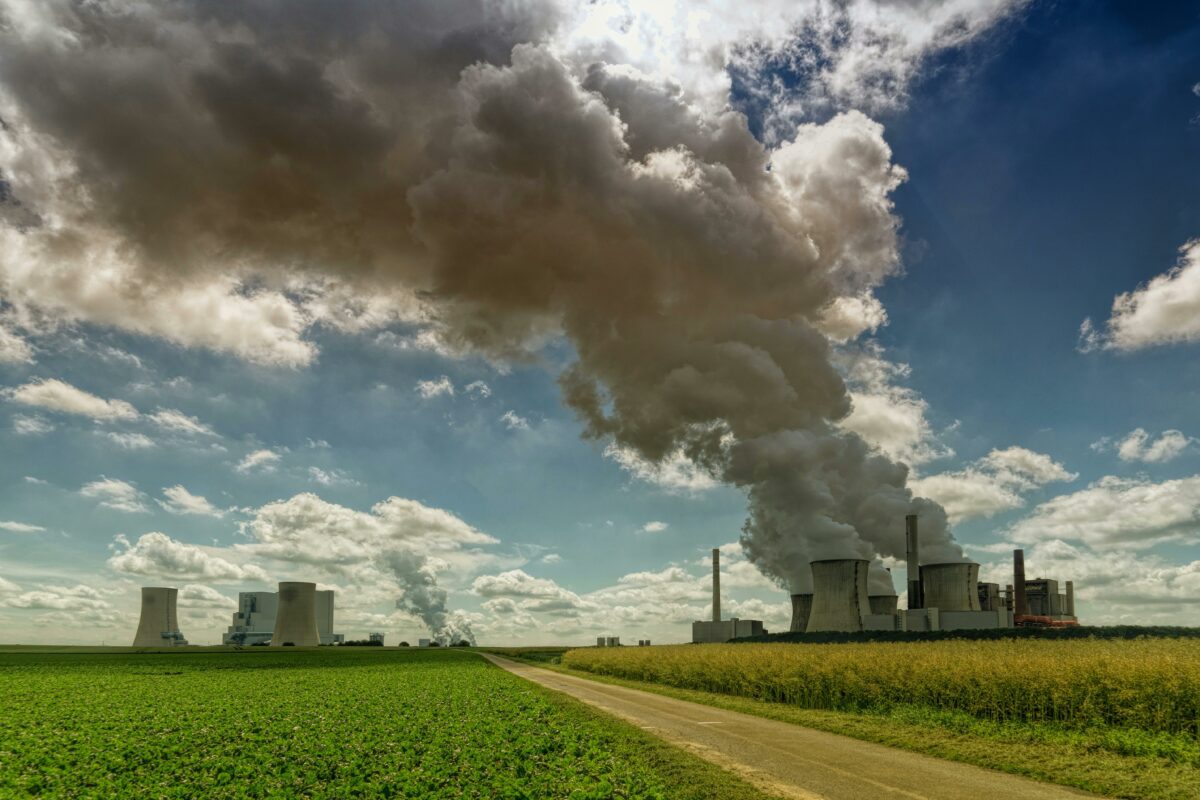As this update shows, September saw the spring sprung not just on the season but the intensity of the carbon debate – and on Australian carbon credit unit spot prices. It also saw a sobering UNFCCC synthesis report requested by the parties to the UNFCCC. This shows despite some countries increasing ambition, global emissions are set to rise by 16% to 2030 when the IPCC says they must fall by at least 45%. Australia and other large emitters need to increase policy ambition and action.
With COP26 starting next month, October will see the debate and number of reports intensify. October will also see the announcement of Australia’s Long-Term Emissions Reduction Strategy. This should include clarity on a net-zero emissions target by 2050, increased 2030 ambition to 50% reduction, strengthened domestic policies and greater climate finance investments in developing countries in our region and beyond.
There is substantial dynamism and investment in Australian and international carbon markets. These investments must be harnessed to the task of sufficiently urgent decarbonisation AND the development of carbon sequestration, drawdown and negative emissions industries that take us globally to net-zero then sustained negative carbon emissions.
Australia’s tortured climate debate over the last couple of decades has been punctuated by the full gamut of interventions, from spinning incremental steps as substantive, to those making the perfect the enemy of the good. CMI won’t shirk from issues of integrity and will continue to bring its principled but pragmatic approach to policy and carbon markets. Australia’s policy architecture is far from perfect, but it can be a springboard into greater ambition and for greater economic, social and environmental opportunities.
In positive news, September saw our 5th National Carbon Farming Industry Forum attract record interest and participation as we put a spotlight on the challenges and benefits coming from this rapidly maturing industry. It also saw a celebration of the art of the possible with the NSW Coalition Government’s embrace of 50% reductions by 2030 alongside its 2050 net-zero goals. And in our region, we saw Fiji pass its landmark Climate Change Act.
In breaking positive news, the Minister this morning announced new method priorities to be worked on in 2022. We are delighted by priorities for an “integrated farm” method for which CMI’s Landscape Taskforce has proposed a step change in Agricultural Land Management and Production, and the Savanna method. CCUS, hydrogen and transport re-charging methods are also on the list. These methods are for the registration of Australian Carbon Credit Units that can be purchased by the Government’s Emissions Reduction Fund or corporates in Australia’s voluntary and Safeguard Compliance Mechanism.
In October we will be very busy in the intensifying debate, providing numerous forums to educate and engage the increasing numbers seeking to participate in Australian and Indo-Pacific carbon markets. As the month draws to a close, we’ll start a series of COP26 Carbon Conversations. Of course, I look forward to joining many of you in person to unpick COP26 outcomes and other carbon market developments at our Summit on 9 and 10 December!
Regards,
John Connor
CEO
Carbon Market Insitute



